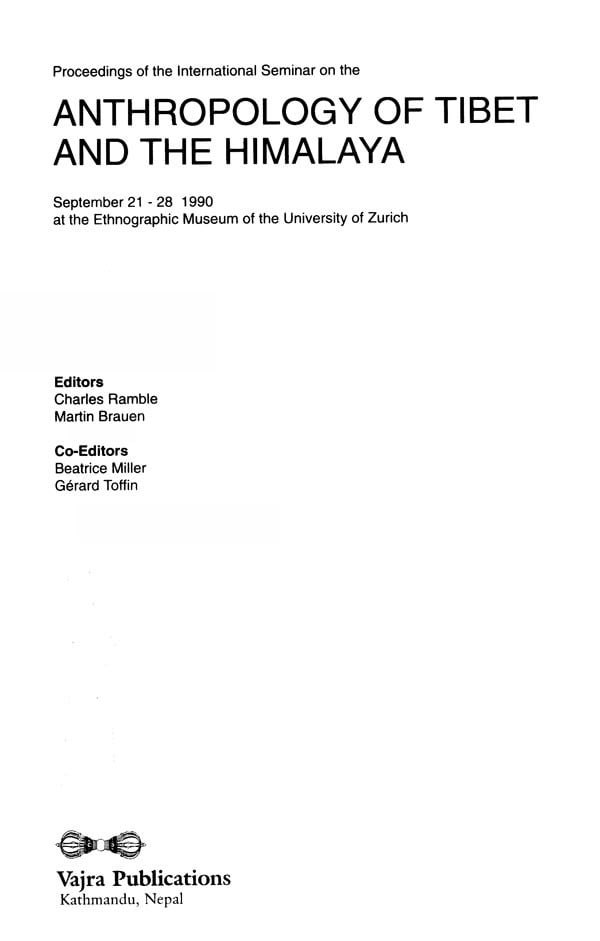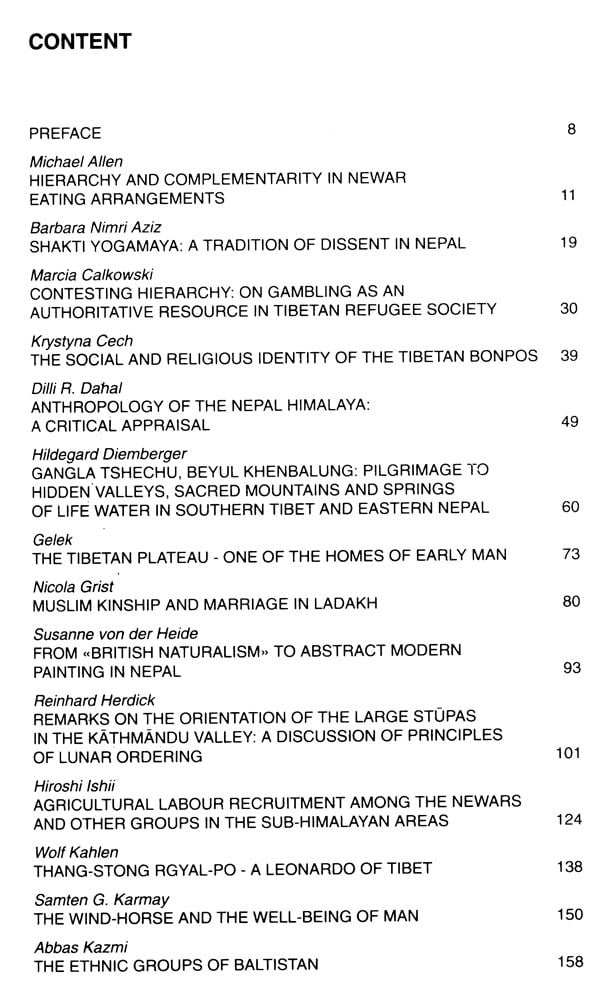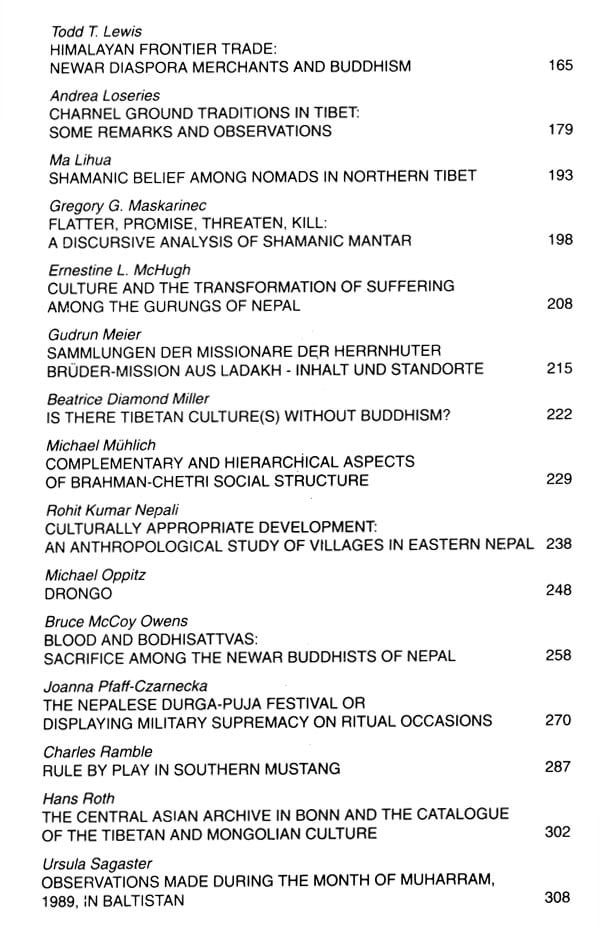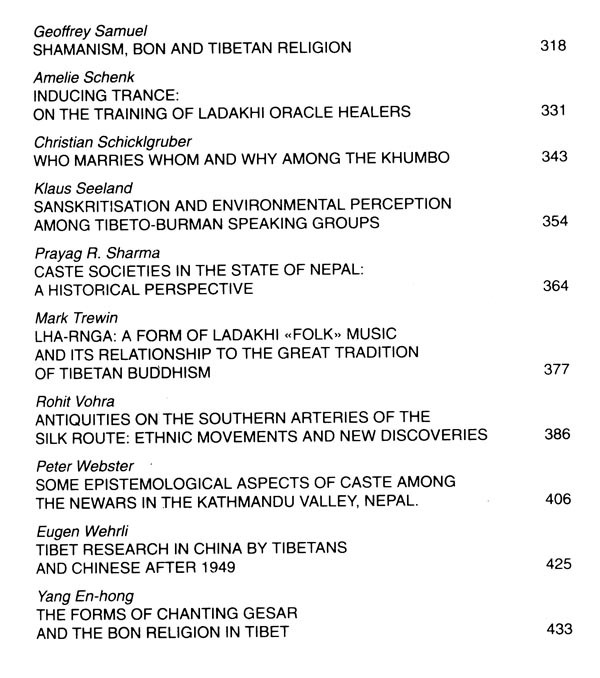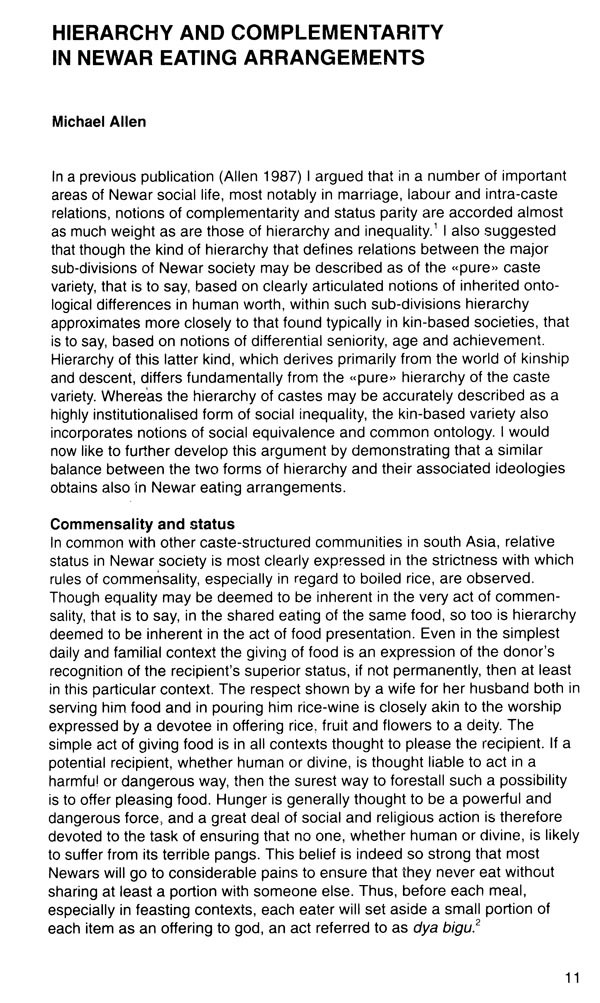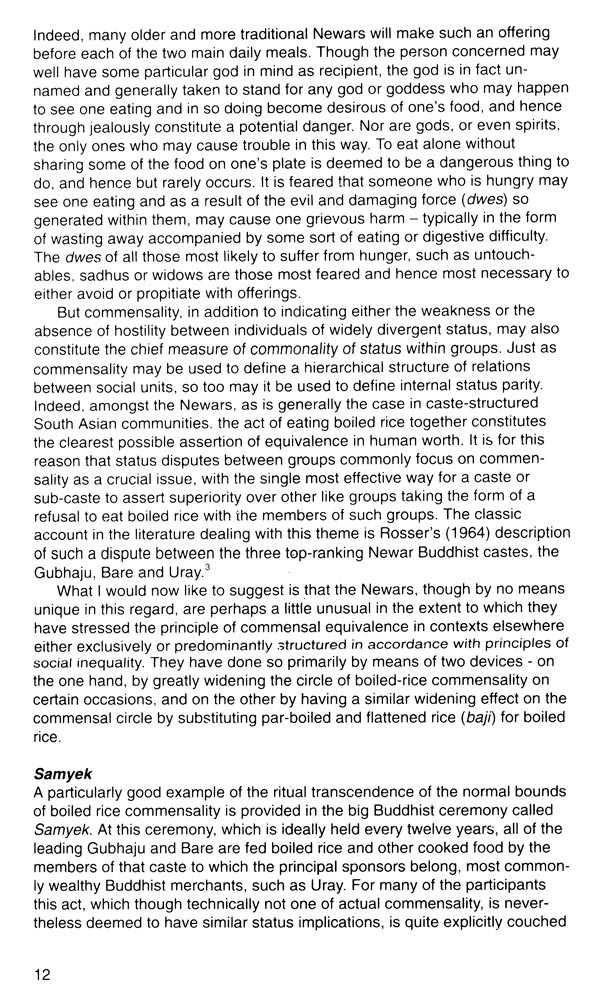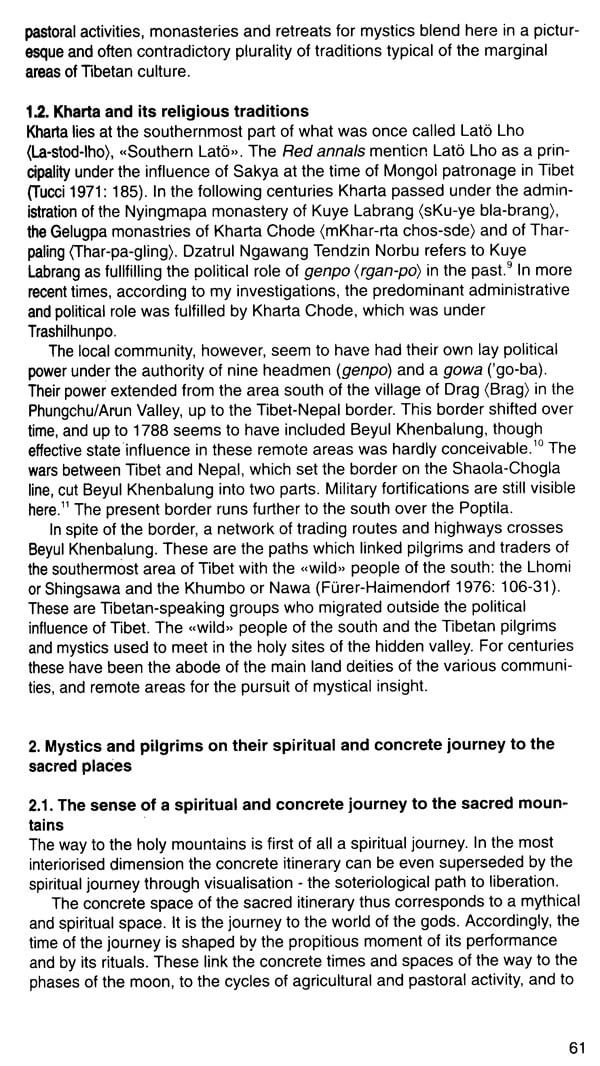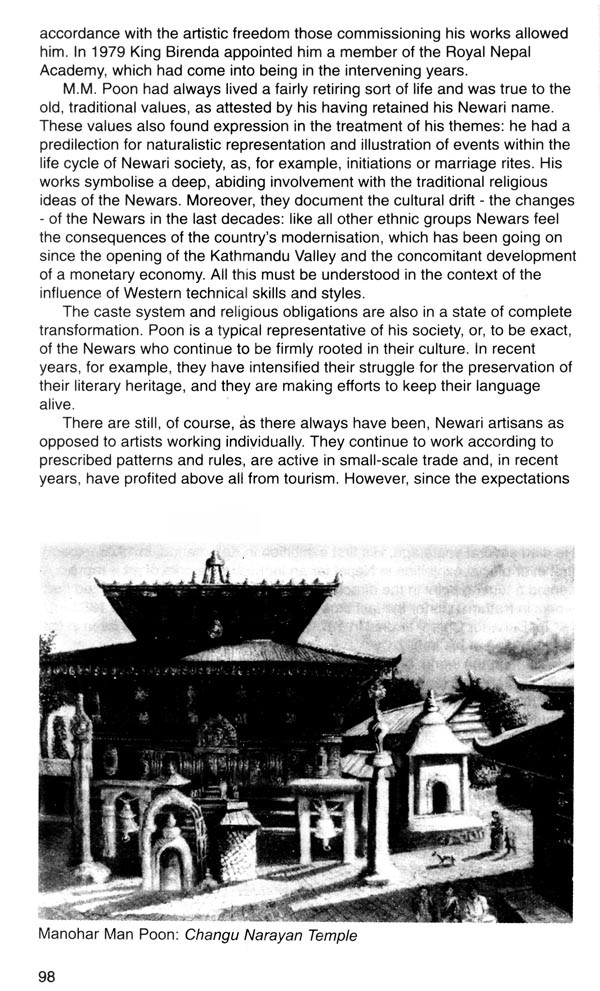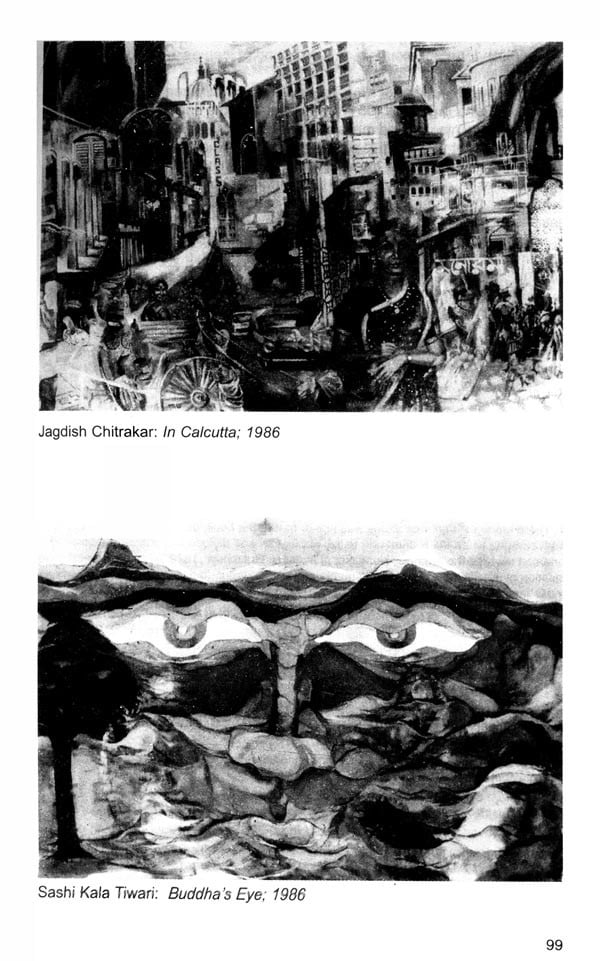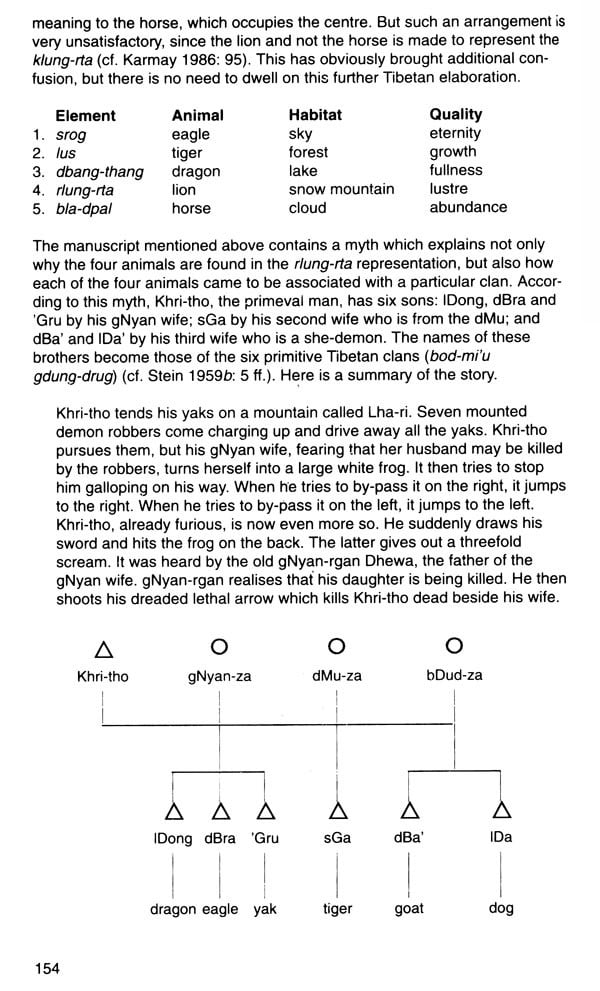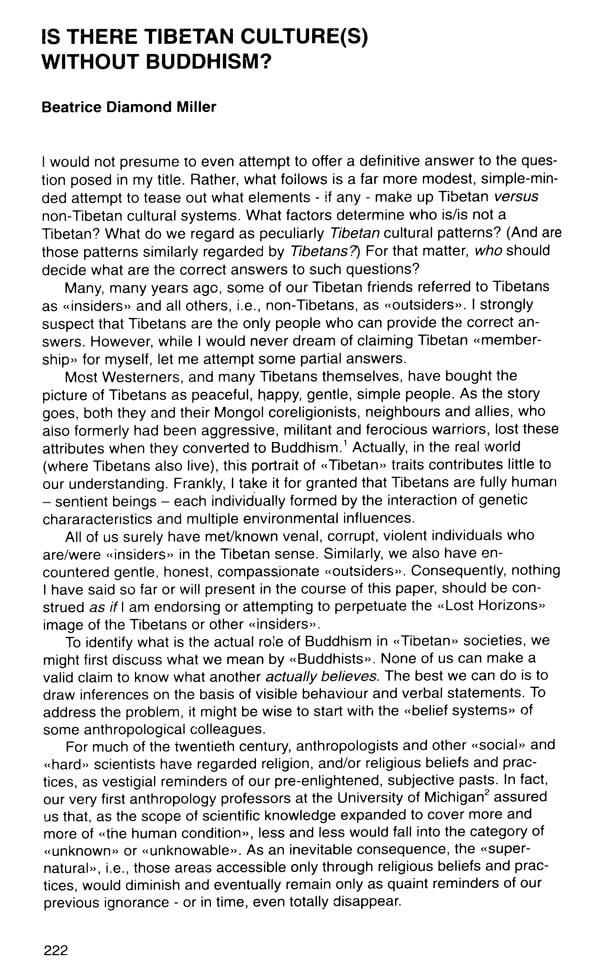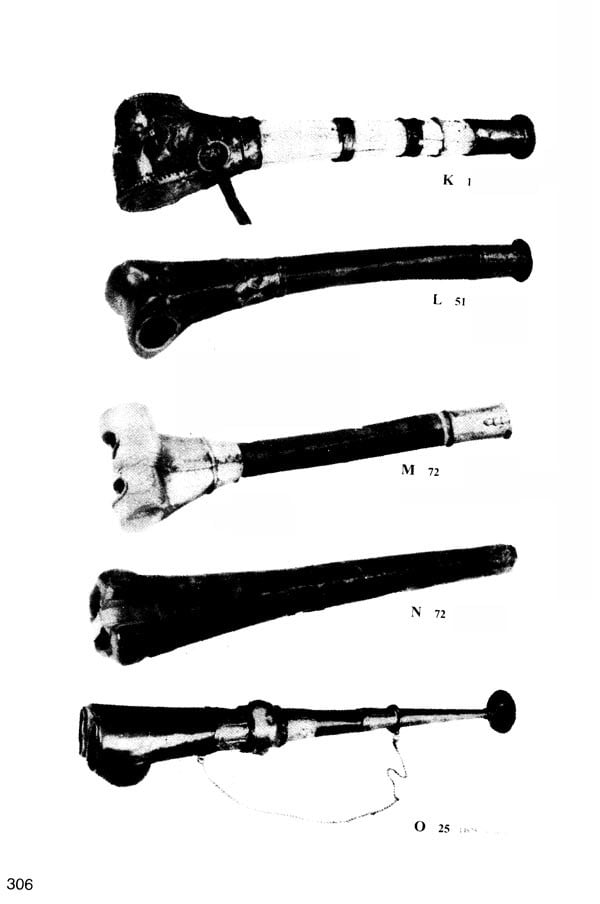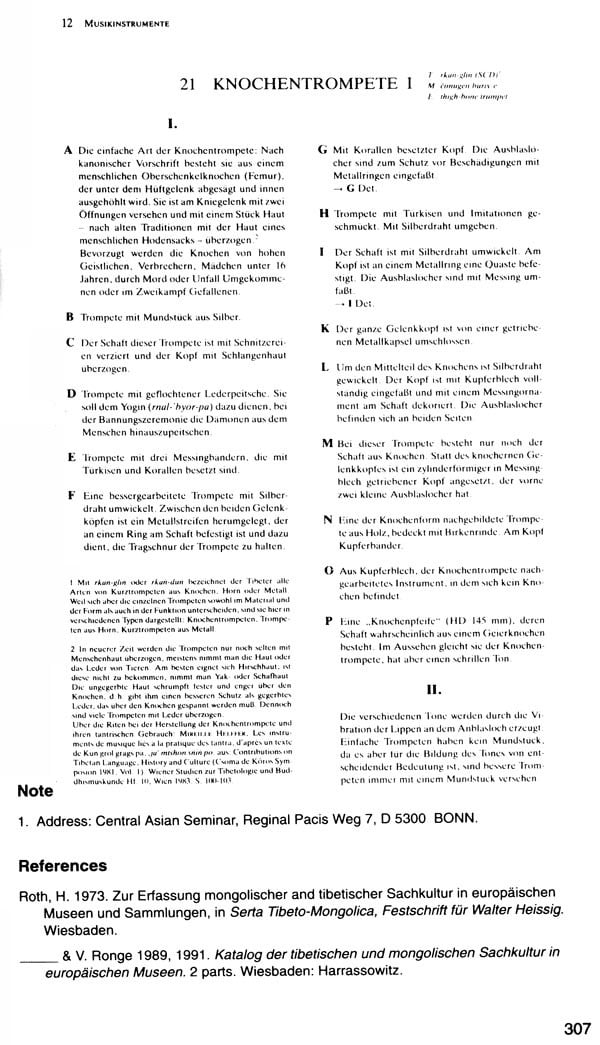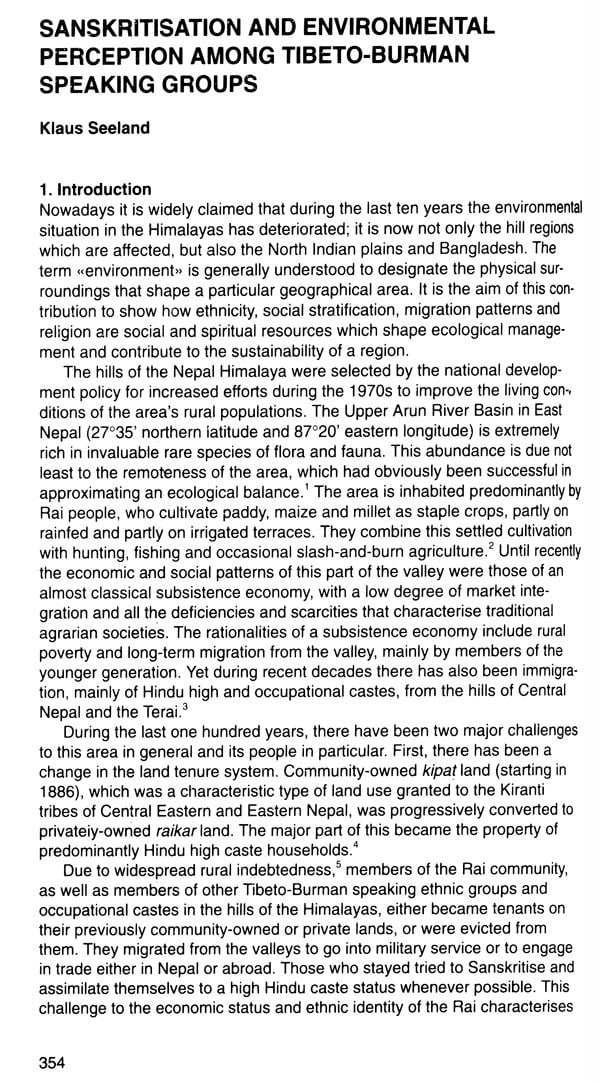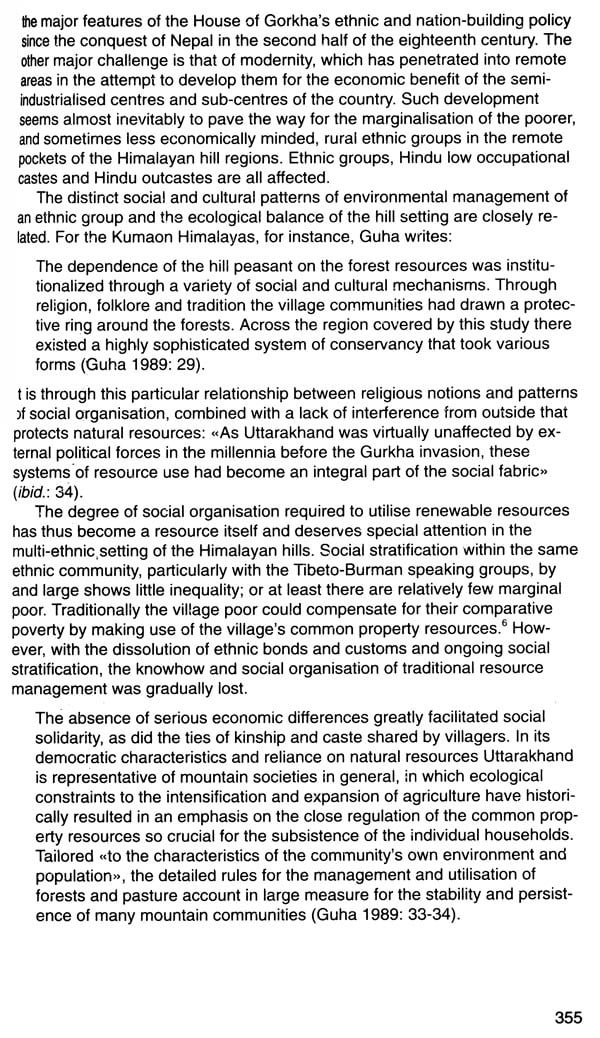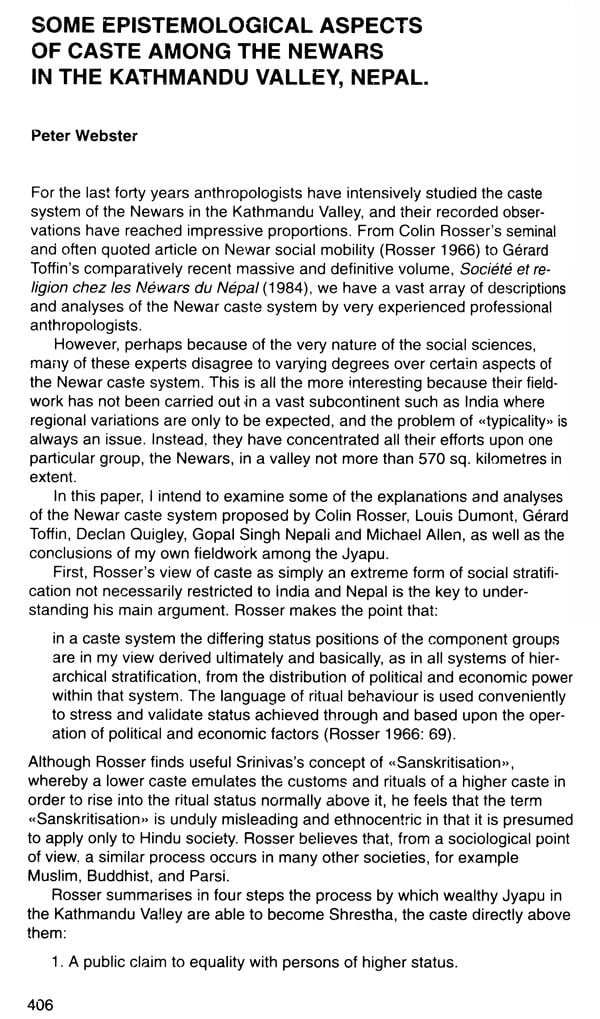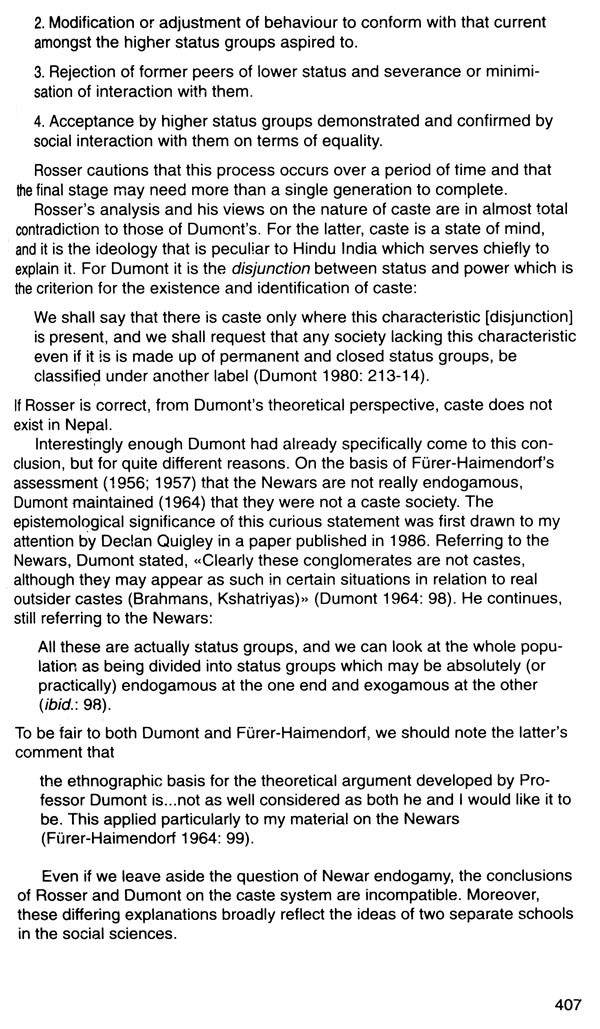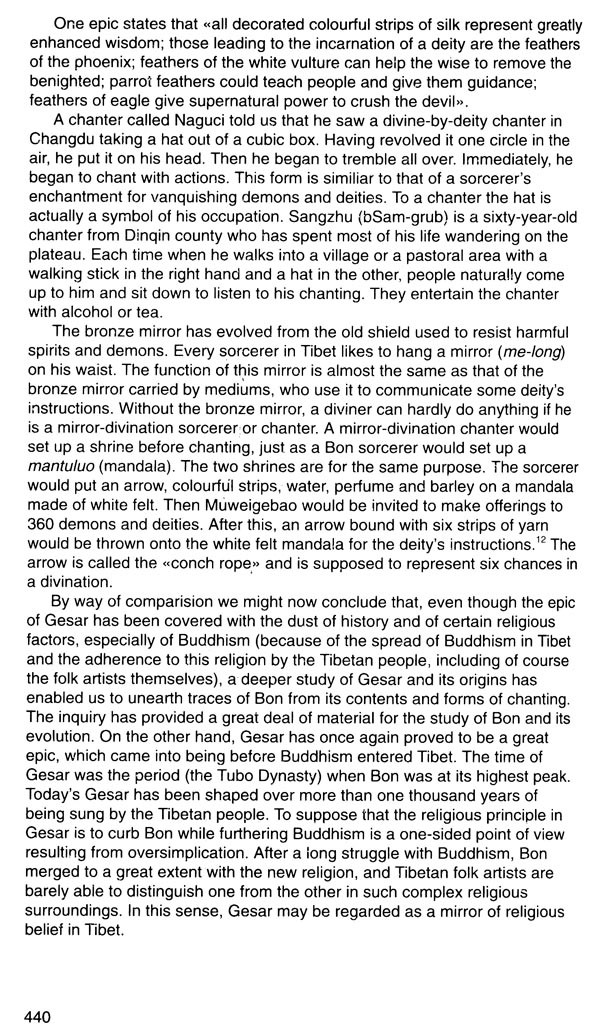
Anthropology of Tibet and the Himalaya
Book Specification
| Item Code: | UAO548 |
| Author: | Charles Ramble and Martin Brauen |
| Publisher: | Vajra Publications, Nepal |
| Language: | English |
| Edition: | 2008 |
| ISBN: | 9789937506038 |
| Pages: | 442 (Throughout B/w Illustrations) |
| Cover: | PAPERBACK |
| Other Details | 9.00 X 6.00 inch |
| Weight | 640 gm |
Book Description
The immediate ancestor of the conference was the International Association of Tibetan Studies, which, incidentally, also had its origins in Zurich, when Per Kvaerne and Martin Brauen organised the Seminar of Young Tibetologists in 1977. The 1990 conference does not represent a schism between the anthropology of Tibet and more classical Tibetan studies: rather, it reflects the need for a forum dedicated to aspects of Tibetan culture that have traditionally exercised anthropologists. Moreover, as the title indicates, the seminar entails a shift of focus to the geographical and cultural margins of Tibetan civilization, sometimes as numerous contri butions in this volume indicate - even to the extent where Tibet itself becomes a marginal consideration.
The large number of papers presented meant that plenary sessions were not always feasible, and two concurrent panels were sometimes necessary. As far as possible, the sessions were constituted thematically, with the pre dominant areas of interest including material culture, kinship, caste in Nepal, the performing arts and ethnomusicology.
The order of the contributions published in this volume has not attempted to reproduce these thematic categories, and the articles have simply been presented in alphabetical order of their authors. A degree of orthographic homogeneity has been imposed on words in Asian languages. Nepali words are transcribed according to the convention used in Turner's Comparative and etymological dictionary of the Nepali language (London, 1931), while the spelling of Tibetan, Sanskrit and Newer terms respectively also follows stand ard systems of transliteration. The spelling of words in other written Asian languages and assorted vernaculars has in each case been left to the author's discretion.
Except where authors have opted for uniform orthographic rigour, angli cised forms have been used for relatively familiar terms. For example, mandala, stupa and panchayat have been deemed appropriate to this cate gory, whereas sutra, kipat and pradhan panc remain exotic. Conventional simplified forms have likewise been permitted for the names of places (Kathmandu, Satungal), ethnic groups and castes (Gurung, Kami, Shrestha).
1 Patrick Kaplanian later withdrew from the organisation of the conference. His early participation was appreciated, and his departure from the venture regretted.
**Contents and Sample Pages**
